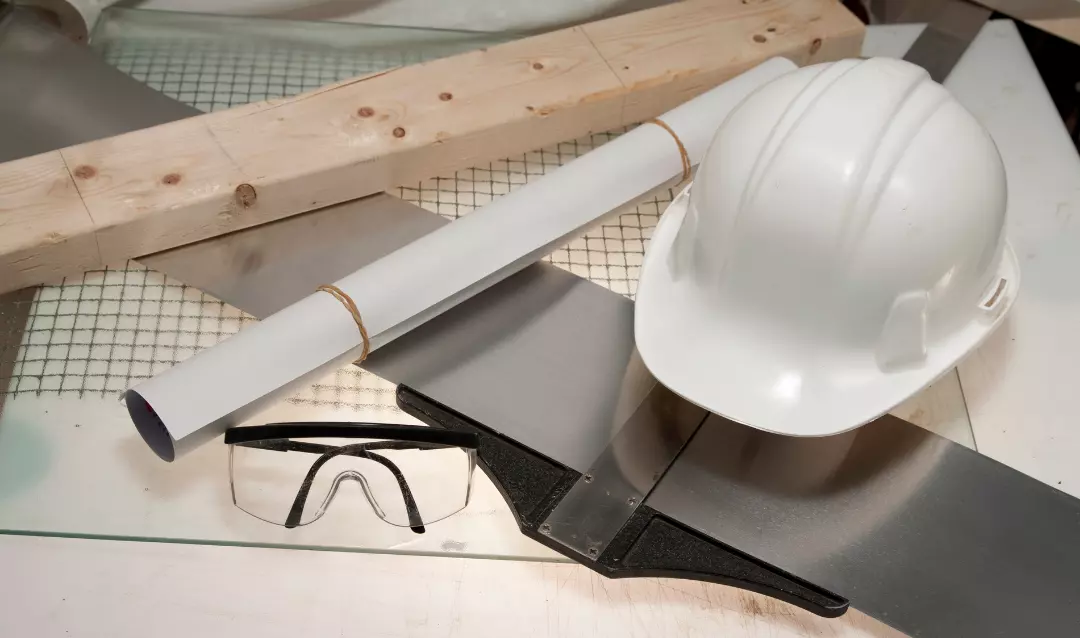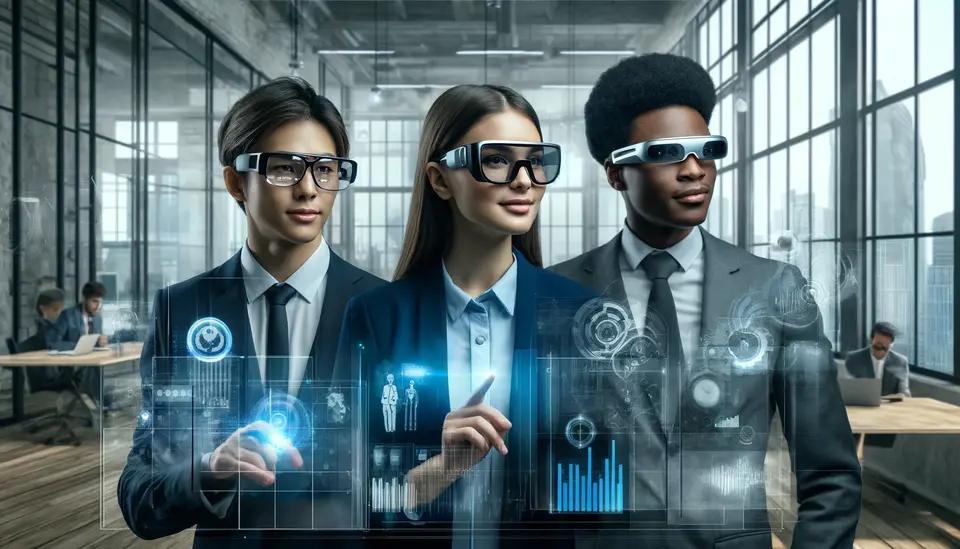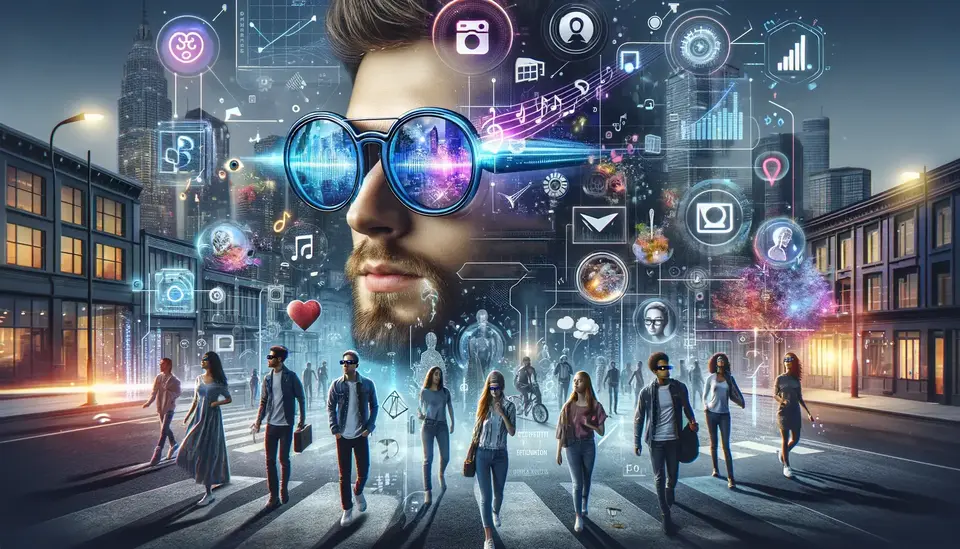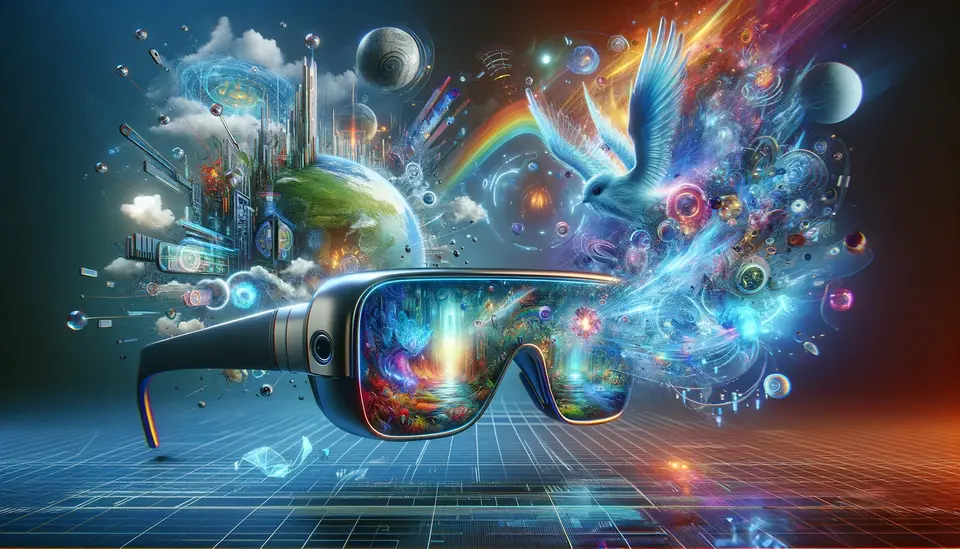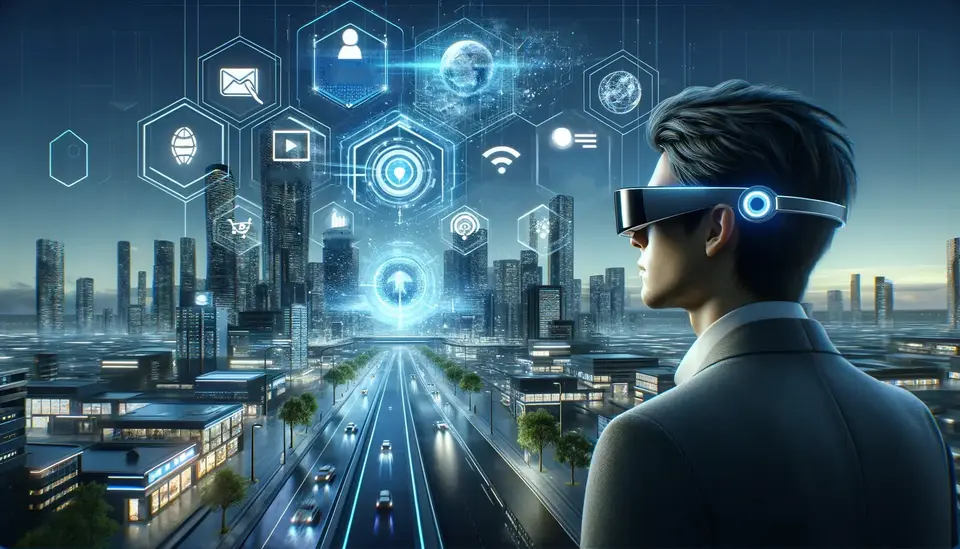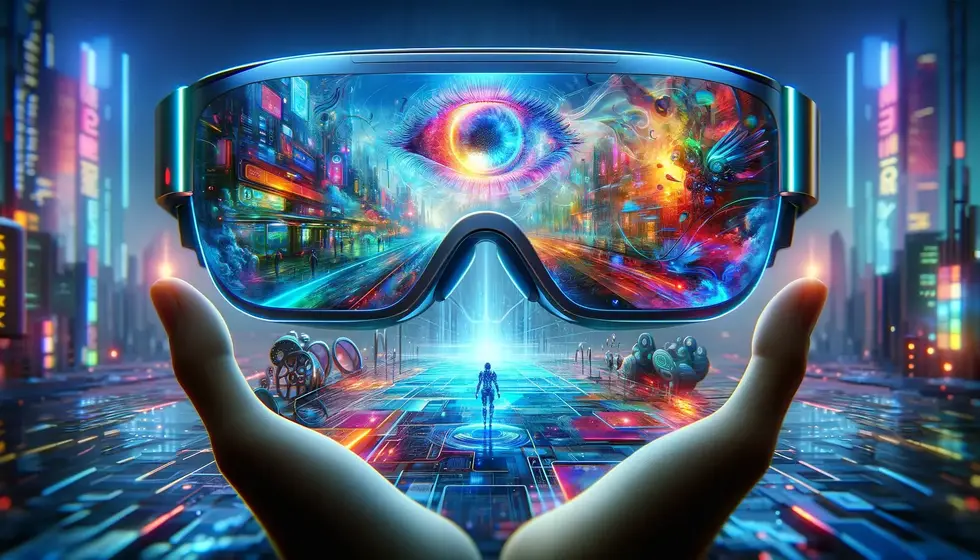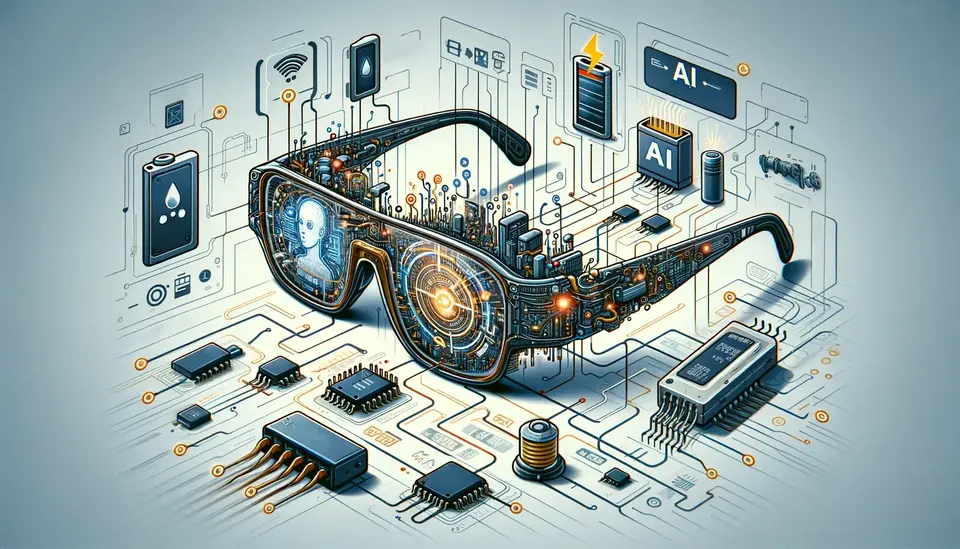15 Examples of the Use of Smart Glasses in Construction
Posted on April 21, 2023 4 minutes 645 words
Table of contents
- 1. Real-time collaboration and communication
- 2. Enhanced training and onboarding
- 3. Hands-free access to project documents
- 4. Remote expert assistance
- 5. Streamlined inspection and quality control
- 6. Advanced 3D modeling and BIM integration
- 7. Augmented reality for design visualization
- 8. Precise measurements and digital annotations
- 9. Customized workflows and task management
- 10. Increased safety with hazard identification
- 11. Location tracking and site navigation
- 12. Equipment and material tracking
- 13. Maintenance and repair support
- 14. Time-lapse recording and site monitoring
- 15. Improved energy efficiency and sustainability
- Conclusion
In recent years, the construction industry has begun to embrace the benefits of smart glasses. These innovative devices have proven invaluable in enhancing efficiency, safety, and collaboration on construction sites. In this blog post, we will delve into 15 real-world examples that demonstrate the potential of smart glasses to revolutionize the sector.
1. Real-time collaboration and communication
Smart glasses, such as Microsoft HoloLens, facilitate seamless communication between onsite and remote team members. Workers can share live video feeds and access expert advice in real-time, minimizing delays and misunderstandings.
2. Enhanced training and onboarding
Using smart glasses, experienced workers can guide new employees through complex tasks, reducing the learning curve. The Trimble XR10, for instance, allows trainees to access step-by-step instructions and 3D models, ensuring accuracy and efficiency.
3. Hands-free access to project documents
With smart glasses, workers can access digital project documents and blueprints without needing to refer to physical copies. This hands-free approach helps streamline operations and reduce the risk of miscommunication.
4. Remote expert assistance
Using smart glasses, onsite workers can consult offsite experts for guidance, troubleshooting, and problem-solving. For example, RealWear HMT-1 enables remote experts to view live feeds from a worker’s perspective, allowing for efficient collaboration and decision-making.
5. Streamlined inspection and quality control
Smart glasses like DAQRI Smart Helmet streamline inspections by capturing images, videos, and other data, facilitating real-time evaluation and issue resolution.
6. Advanced 3D modeling and BIM integration
Smart glasses can integrate with BIM (Building Information Modeling) platforms, allowing workers to access 3D models and project data. This integration helps improve coordination, minimize errors, and optimize project delivery.
7. Augmented reality for design visualization
Smart glasses like Google Glass can overlay digital 3D models onto the physical environment, allowing construction professionals to visualize designs and detect potential issues before they become costly mistakes.
8. Precise measurements and digital annotations
Smart glasses equipped with laser rangefinders, such as the Vuzix Blade, enable workers to take accurate measurements and add digital annotations to images, reducing the need for manual calculations and note-taking.
9. Customized workflows and task management
Smart glasses can help track project progress and manage tasks more efficiently. For example, the Focals by North display customizable to-do lists and alerts, enabling workers to stay organized and prioritize tasks.
10. Increased safety with hazard identification
Smart glasses can identify and flag potential hazards, such as gas leaks or structural issues. For instance, Guardhat’s HC1 Communicator detects and alerts workers of potential dangers, enhancing overall site safety.
11. Location tracking and site navigation
Smart glasses with built-in GPS, such as Vuzix M400, enable workers to navigate construction sites more efficiently and track the location of colleagues, equipment, and materials.
12. Equipment and material tracking
By integrating with IoT devices and sensors, smart glasses can help monitor equipment and material inventory, streamlining logistics and minimizing downtime due to misplaced resources.
13. Maintenance and repair support
Smart glasses can guide workers through maintenance and repair procedures using step-by-step instructions and augmented reality overlays. This assistance minimizes downtime and ensures proper functioning of equipment.
14. Time-lapse recording and site monitoring
Smart glasses with built-in cameras can record time-lapse videos, enabling project managers to monitor progress and detect potential issues before they escalate.
15. Improved energy efficiency and sustainability
Smart glasses can help construction professionals evaluate and optimize energy efficiency, identifying areas for improvement and enabling the implementation of sustainable building practices.
Conclusion
As demonstrated in these 15 real-world examples, smart glasses have the potential to revolutionize the construction industry by enhancing communication, boosting productivity, improving safety, and much more. As technology continues to advance, we can expect an even greater impact on the way construction projects are managed and executed. By embracing smart glasses, construction professionals can pave the way for a more efficient, sustainable, and innovative future in the industry.

